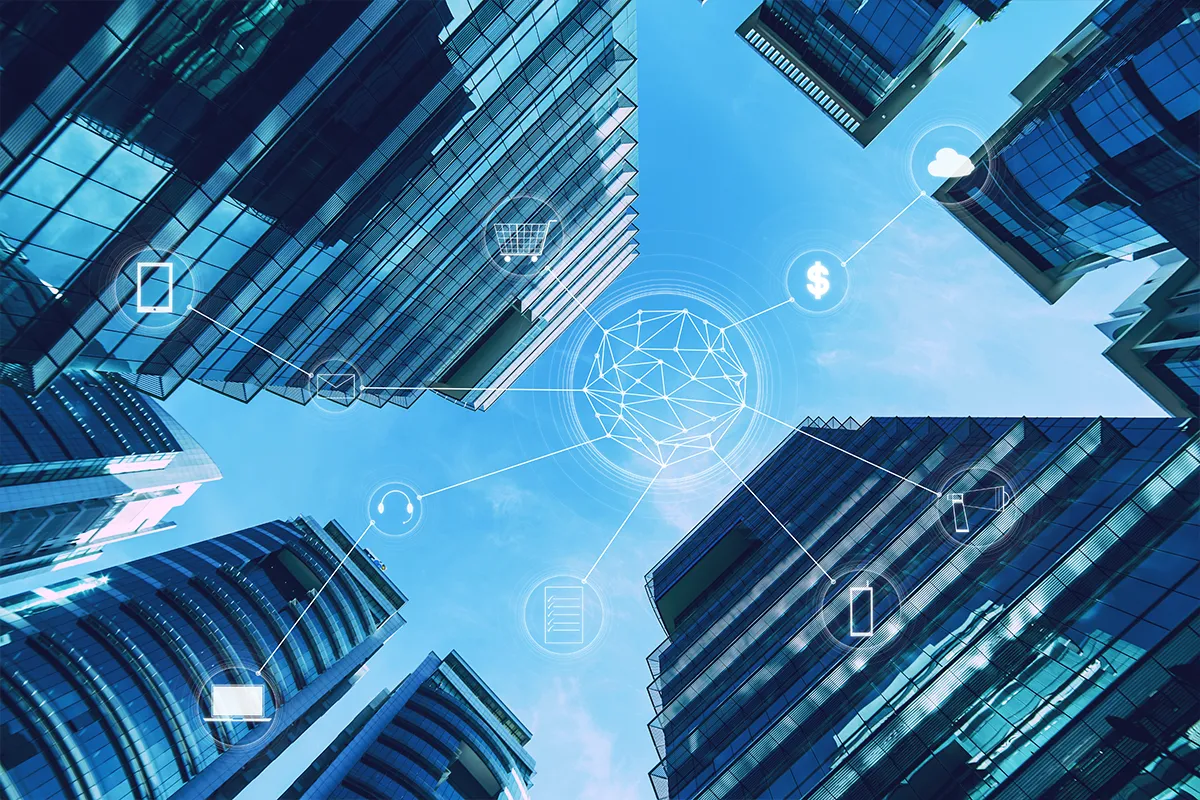An Enterprise Risk Management System, known as an ERM, can help increase awareness of business risks across an entire organization. It does this by instilling confidence in strategic objectives, improving compliance with regulatory and internal compliance mandates, and enhancing operational efficiency through companywide applications of processes and controls.
The risk to an enterprise includes financial risks, strategic risks, operational risks, and risks associated with accidental losses. Enterprise risk management is the process of planning, organizing, directing, and controlling the activities of an organization to minimize all of these types of risk.
Why is Enterprise Risk Management Important?
Enterprise risk management has become very popular primarily because of external pressures from government and industry regulators and the need to comply with complex new regulations. Enterprise risk management lets company leaders take a big picture view of risk and act accordingly.
This is important for several reasons. First of all, ERM software brings all of the risk data into a single location, meaning that risk is identified companywide rather than in siloed departments. This makes managing those risks more efficient and avoids redundancy.
It also avoids the embarrassing situation where one department might be in compliance while another department is not. In addition, it allows the entire organization to adapt to new regulations as they are enacted, including things like GDPR and other data protection acts recently passed by different states. Most regulators feel that Federal legislation on this level is not far behind.
Having an overall view of risk, and an efficient system for dealing with audits, compliance, and management is a vital part of any company’s success. ERM System software is the tool that makes this all possible.
What Does Enterprise Risk Management Include?
Enterprise Risk Management is a broad area that includes many different parts of risk management. Put together, they give an overall view of organizational risk.
- Company and IT Goals. An organization's strategic planning must be included in all risk analyses, as these activities can actually come with new risks. From developing new software to changing cloud service providers, every decision might potentially harm or benefit a company.
- Risk tolerance. How much risk can an organization take? How much is acceptable? This is vital information for an ERM system to include.
- Company Culture. Whether your organization is generally risk-averse or promotes a risk culture like in a startup environment, your ERM must reflect that. Internal governance and team collaboration processes are all different too. Your ERM needs to reflect your culture and reflect the way you operate your business.
- Compliance and control requirements. Every business is subject to Internal standards and external regulations requirements for compliance. All of these must be considered in making any decision about risk and the type of controls that will go with it. Both are an integral part of your ERM.
- Report Creation and Measurement. All ERM programs need to provide reporting that is timely and consistent to a variety of people. They can be corporate executives or operations professionals. Measuring management progress and reporting how well things are working to reduce and respond to risk are vital parts of any ERM.
Your ERM essentially helps you manage and maintain control of your entire risk profile. It includes anything that brings risk to your business, from financial risk to data privacy and IT.
What Are the Benefits of ERM?
By now you understand that ERM gives you a great overview and management ability across your entire company. There are some huge benefits to this approach.
- Culture Focused on Risk: This improves risk management overall by making risk a focus of every department and team from a big-picture perspective.
- Standardized Risk Reporting: Standardized risk reporting provides metrics and measurements that work over the long term if everyone is sharing their data in the same way and using the same vocabulary and methods. It ensures that the entire risk team is on the same page.
- Improve Risk Perspective: Organizations can improve and broaden their perspective regarding overall risk in nearly every part of the organization.
- Using Resources Efficiently: From security certificates to other resources that might be duplicated, security resources and risk reporting can be done more efficiently, saving time and money in the long run.
An ERM system is a tool, just like any other tool in your arsenal, but it can help your organization be more risk aware and efficient, and provide a comprehensive risk profile.
Some companies are reluctant to adopt an ERM System. It can cost money and time to implement initially, even though it will bring savings later on. In addition, getting everyone to agree on terms, risk policies, and language can be a challenge in larger organizations. But in the end, an ERM will pay for itself and then some.










